There’s a need for the crucial conversations to help the people in the organization to raise their awareness and identify ways to improve how they do their work together.
We often fall into routines, and skip thinking and talking about ways to improve things. Sometimes safety consultants are brought in to talk about the need to change the mindset of the workers and improve their safety culture.
I have a real problem with this approach.
The word “worker” sends a message that these people are somehow below us and maybe not so smart as we are. This is a terrible message. These people who are doing the work are really not much different than the rest of us. They have families, are paying their mortgages, paying their credit card debts, buying cars, etc. Most of the time they do their work safely and well. Why do we so often, at work, treat them as somehow inferior? In my experience, trying to fix and change someone’s mindset is a hard sell, meeting with resistance and often resentment.
Many of these “change” consultants offer various ways to change the culture, hoping that the people’s mindsets will also change. Most of these changes come across like New Years Resolutions. They sound good, but after a month or two, we drift back to our old habits and nothing really changes.
Change is a process and not a thing.
In my experience change comes about as we work together on something we need to improve, find better ways to do the work to make the improvement, agree on how we will do the work and then do the work. Change comes about through the experience of doing the work itself, together, and learning from that experience. The process looks something like this picture.
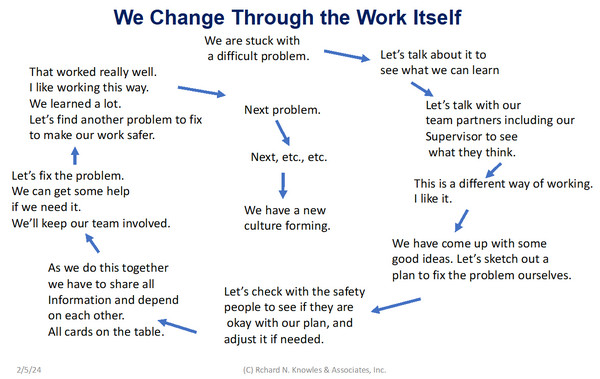
This way of working requires open, honest conversations where everyone feels safe enough to share and contribute. As we learn together, amazing improvements begin to emerge. Visualize this as a learning helix. Each step lifts us from level to level.
The people who are close to the work have the best knowledge of what needs to be done. They do not have it all, so they need to talk with people outside the group like safety professionals, engineers, and others to be sure their ideas are the best they can be.
It will be interesting for you to talk together about these ideas. It would be fun to see how it works for you and your organization. Make a modest start and see what happens.
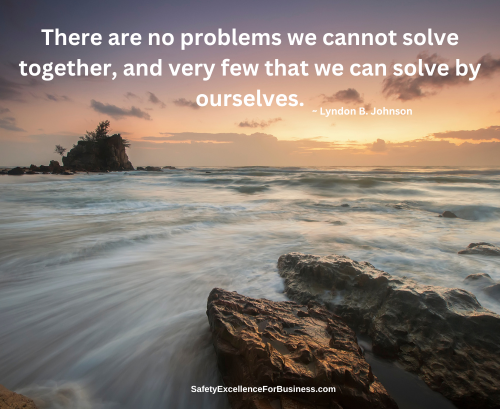
As leaders in workplaces, we need to do better. Give me a call at 716-622-6467 or contact me via email and let’s talk about how you can do this – working with a real problem and genuinely involving the people – sharing their best to make it happen together.
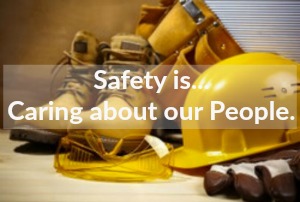 We are all familiar with OSHA as both a regulator for Safety Standards and Compliance in the workplace and as an Educator (offering Information and Training across-the-board on the OSH standards). Indeed, if you’ve not looked lately, go to
We are all familiar with OSHA as both a regulator for Safety Standards and Compliance in the workplace and as an Educator (offering Information and Training across-the-board on the OSH standards). Indeed, if you’ve not looked lately, go to 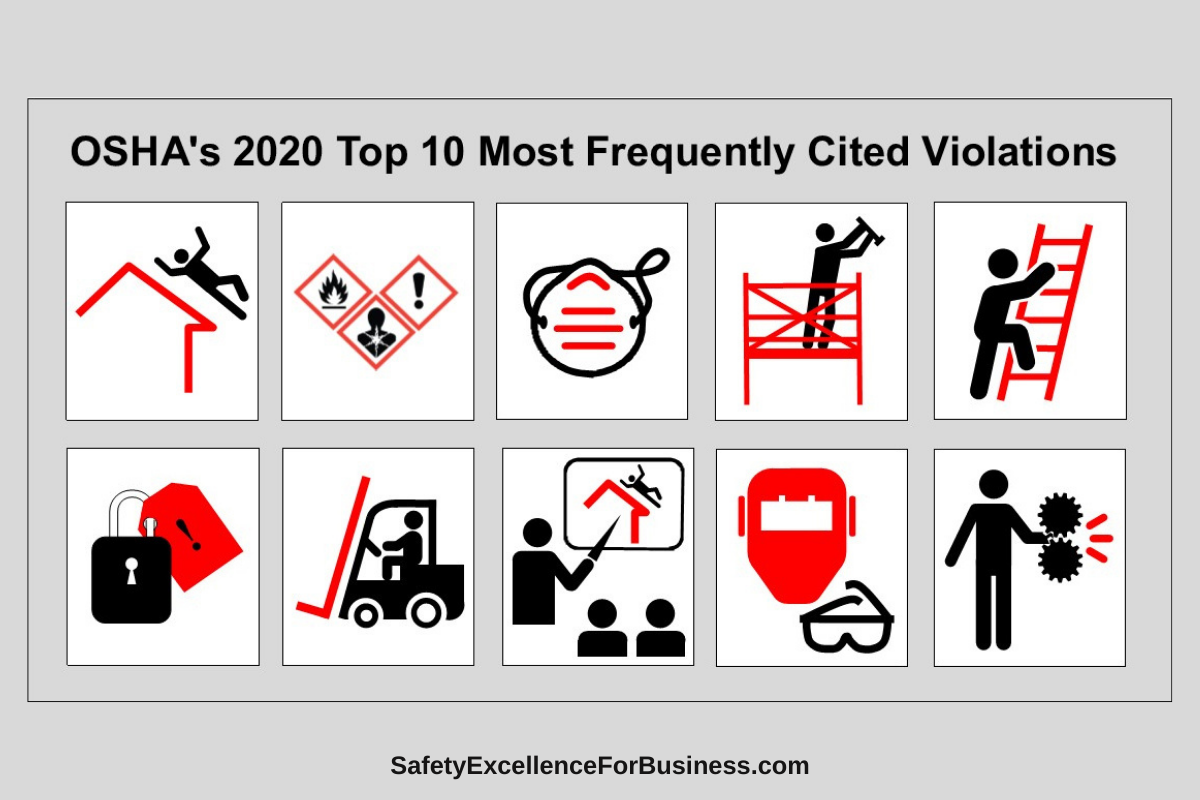
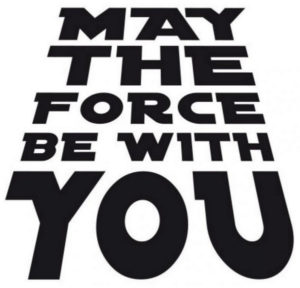 A recent article in the October 13, 2016
A recent article in the October 13, 2016  This story illustrates so many of the changing conditions and people involved in our work places. Most of our companies do a good job in risk assessments and developing safe working procedures. However, this planning often takes place away from the actual location where the work will be done. This is sometimes called the “blunt end” of the safety process where the people doing the planning do not understand what happens in the work at “sharp-end” where conditions and demands may be quite different, and where most of the injuries happen.
This story illustrates so many of the changing conditions and people involved in our work places. Most of our companies do a good job in risk assessments and developing safe working procedures. However, this planning often takes place away from the actual location where the work will be done. This is sometimes called the “blunt end” of the safety process where the people doing the planning do not understand what happens in the work at “sharp-end” where conditions and demands may be quite different, and where most of the injuries happen.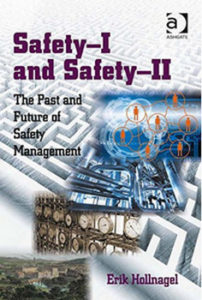 In Erik Hollnagel’s book, “Safety-I and Safety-II” (2014. Ashgate Publishing Ltd., Surrey, UK), he discusses ideas like the significance of the gap between “the work-as-imagined” done by managers and engineers planning and designing the work and the “work-as-done” by the people actually doing the work. This is illustrated nicely by the Ford Star Wars incident where the people doing the “work-as-imagined” failed to understand the actual conditions and mindset of Ford doing the “work-as-done.”
In Erik Hollnagel’s book, “Safety-I and Safety-II” (2014. Ashgate Publishing Ltd., Surrey, UK), he discusses ideas like the significance of the gap between “the work-as-imagined” done by managers and engineers planning and designing the work and the “work-as-done” by the people actually doing the work. This is illustrated nicely by the Ford Star Wars incident where the people doing the “work-as-imagined” failed to understand the actual conditions and mindset of Ford doing the “work-as-done.”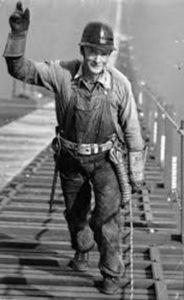 Consider the Golden Gate Suspension Bridge (San Francisco) built between 1933 and 1937, an architectural marvel, thought to be impossible because in order to bridge that 6,700 ft. strait, in the middle of the bay channel, against strong tides, fierce winds, and thick fog, meant overcoming almost impossible odds. But it was built, with a grand opening in May of 1937, deemed, at the time of its completion, to be the tallest suspension bridge in the world as well as the longest. A man named Joseph Strauss engineered many new ideas, including developing safety devices such as movable netting, which saved 19 lives; though in all, there were 11 men lost during this construction. Thousands of men – workers of varying ages and from varied ethnic groups – came together to complete this project. (They had to listen and learn to be successful together.)
Consider the Golden Gate Suspension Bridge (San Francisco) built between 1933 and 1937, an architectural marvel, thought to be impossible because in order to bridge that 6,700 ft. strait, in the middle of the bay channel, against strong tides, fierce winds, and thick fog, meant overcoming almost impossible odds. But it was built, with a grand opening in May of 1937, deemed, at the time of its completion, to be the tallest suspension bridge in the world as well as the longest. A man named Joseph Strauss engineered many new ideas, including developing safety devices such as movable netting, which saved 19 lives; though in all, there were 11 men lost during this construction. Thousands of men – workers of varying ages and from varied ethnic groups – came together to complete this project. (They had to listen and learn to be successful together.)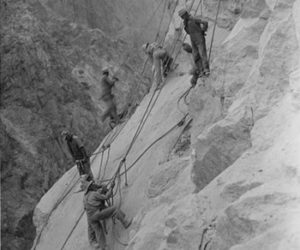 Consider the feat of building the monumental Hoover Dam (1931-1936) – a miracle of technology and engineering. No dam project of this scale had ever been attempted before. There were 21,000 people working at that site with approximately 100 industrial deaths. The walls for this structure – that would uphold the weight of the dam – required workers called “high-scalers” who excavated the cliffs, dangling on ropes from the rim of the canyon. Can you even fathom this?
Consider the feat of building the monumental Hoover Dam (1931-1936) – a miracle of technology and engineering. No dam project of this scale had ever been attempted before. There were 21,000 people working at that site with approximately 100 industrial deaths. The walls for this structure – that would uphold the weight of the dam – required workers called “high-scalers” who excavated the cliffs, dangling on ropes from the rim of the canyon. Can you even fathom this?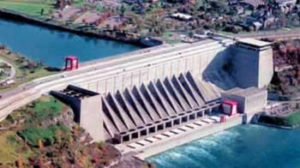 Consider the great Niagara Power Project (1957-1961). During construction, over 12 million cubic yards of rock were excavated. A total of 20 workers died. When it opened in 1961, it was the Western world’s largest hydropower facility. Many people, including from the “greatest generation” and the “traditionalist generation,” worked together on this project. It was a 24/7, multi-year project.
Consider the great Niagara Power Project (1957-1961). During construction, over 12 million cubic yards of rock were excavated. A total of 20 workers died. When it opened in 1961, it was the Western world’s largest hydropower facility. Many people, including from the “greatest generation” and the “traditionalist generation,” worked together on this project. It was a 24/7, multi-year project.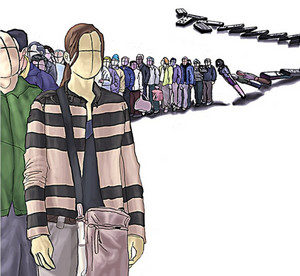 Hardly any of us can do our best work all by ourselves.
Hardly any of us can do our best work all by ourselves. When the Safety Culture is right…what do you see? What does Excellence look like?
When the Safety Culture is right…what do you see? What does Excellence look like?





